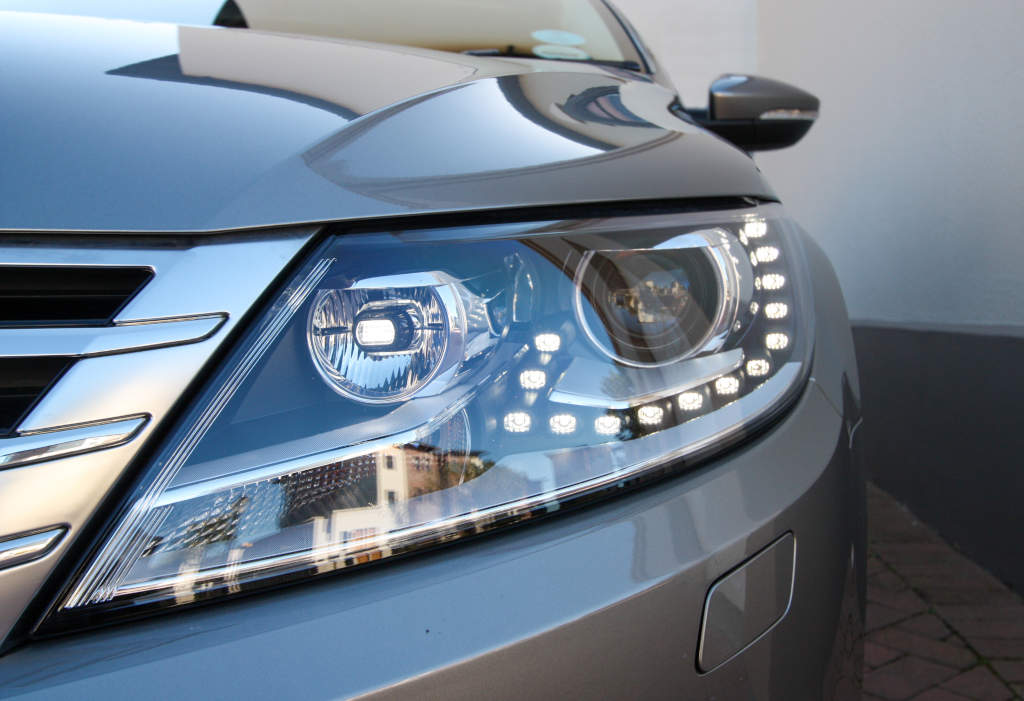Do you own more than one vehicle? If you do, you may be able to get a multi-car discount from your insurance provider. Insurers offer several types of discounts that you can take advantage of. You may be eligible for plenty of ones that you didn’t even know about.
One common way to lower premium costs is to combine all family vehicles into a single policy. This means insuring more than one car on the same policy. Typically, all of your vehicles will need to be at the same household to be eligible for the discount.
The multi-car discount is similar to bundling insurance policies under one carrier for a discount. There are plenty of benefits to combining all of your assets under the same policy. It can potentially save you money and stress when you’re trying to insure your vehicles.
This article will help you understand how to take advantage of the multi-car insurance discount. It includes a breakdown of all the benefits that you can receive. We’ll tell you how to be eligible and if there are any exceptions. You’ll also learn who offers this reward and get an idea of how much money it can save you.
How the Multi-Car Discount Works
There are several reasons why you should think about getting a multi-car discount. Of course, you will receive a pretty sizable discount on your auto insurance. But there are other benefits that you might not have thought about. Here’s a list of advantages to come if you qualify:
You’ll Save Stress
Managing your finances can be stressful and insurance can be complex and easy to lose track of. This is especially true if you’re using more than one carrier for your various vehicles and policies.
Insuring more than one car under a single policy will make your finances much easier to manage. You only need to make one payment each month rather than several. This makes it less likely for you to miss any monthly premiums and ruin your credit score or insurance history.
There’s Only One Deductible to Worry About
When you combine all of your cars under one policy, you only have to pay one deductible if an accident or random disaster damages them. Not insuring your vehicles under one policy would mean that you’d need to pay more than one deductible. Having a multi-car policy just simplifies the whole process so you have less to keep track of in the wake of a disastrous event.
You Can Stack Coverages
Another benefit of a multi-car policy is that you can stack your coverages. This means that you have the option to combine limits for all of your vehicles. For instance, you could have limits of $25,000 for two cars. Stacking the two would amount to a total of $50,000. Stacking is usually for the bodily injury part of uninsured and underinsured motorist (UM and UIM) coverage.
Not all states allow you to stack insurance coverage limits. But some states do allow or even require it. Here are the states that allow stacking under one policy:
- Alabama
- Arkansas
- Colorado
- Florida
- Hawaii
- Indiana
- Kentucky
- Mississippi
- Missouri
- Montana
- Nevada
- New Hampshire
- New Mexico
- Ohio
- Pennsylvania
- Rhode Island
- South Carolina
- Vermont
- Virginia
- West Virginia
- Wisconsin
- Wyoming
How a Multi-Car Policy Works
A multi-car insurance policy is where you insure more than one of your vehicles under the same policy. These cars usually need to be part of the same household for them to be one policy. Combining policies in no way limits the coverages available for each vehicle. You should be able to have the same types as a single-car policy.
However, some car insurance coverages are vehicle-specific and need individual limits. On the other hand, some limits will match or share for all of your vehicles. Here are the coverages that share policy limits:
- Liability
- Uninsured and underinsured motorist
- Personal injury protection
- MedPay
- Rental coverage
Now, here’s a list of the coverages that allow you to adjust limits as you see fit:
- Collision
- Comprehensive
- Roadside assistance (towing coverage)
Most people prefer full-coverage policies with liability, collision, and comprehensive at a minimum. Those who opt for higher levels of protection see the most savings.
How to Add Another Car to Your Policy
Adding another vehicle to your auto insurance policy is a pretty straightforward process. The first step is to call your provider or set your policy up online. Then, you’ll have to let them know that you want to add the car to your policy. You’ll also need a few key items from your car, and you’ll be all set.
Here’s what you should have on hand when you add a car to your policy:
- Vehicle identification number (VIN)
- License plate number
- Car’s make and model
- Knowledge about your car’s mileage and condition
What Types of Cars You Can Add
Adding a car to your insurance policy is pretty easy, but there are some rules for what types you can bring on. Here are the types of vehicles you can add:
- A second car. Adding a second (or more) car that you own is simple. By following the steps above you should easily be able to add it to your policy.
- A brand-new car. You’ll be able to add your new car to your policy. But keep in mind that insurers often give you a grace period of about a week to a month to add it.
- A used car. If you’ve just bought a used car, you should be able to add it. You’ll also have a grace period of about a week to a month.
- Another person’s car. You’ll be able to add another person’s car if you both live at the same address. The vehicle also needs to be at the same address as you live. You’ll also need to list this person as a driver on your policy to add the car. Be sure to have their driver’s license number and social security number ready when you do so.
Vehicle Exemptions
Most cars qualify, but a few non-standard or specialty models can’t or should not be added to your policy. Here are some examples of vehicles may not be able or want to add:
Exotic Cars
Your provider may not let you add an exotic car to your policy. For example, Progressive says that they don’t insure cars that are worth more than $150,000 in value. This means you wouldn’t be able to add it to your policy and get the discount. In general, exotic cars will need a special type of coverage.
Classic/Collector Cars
Another type of car that you may not be able to add to your policy is the classic/collector car. These cars are similar to exotics in the sense that they may be of high value. Or you might want to use a specialty insurer rather than a regular one because they offer more protection. A rare and antique vehicle may not be eligible for a regular policy because of its value or features. Make sure to check with your provider if you’re thinking of adding a classic or exotic car to your policy.
Companies Offering the Multi-Car Discount
While you can have a multi-car policy with just about any insurance company, not all offer a discount. Not only that, but the amount you save varies from one to insurer to another.
Below are major providers that offer a discount for insuring multiple cars:
- Nationwide
- GEICO
- State Farm
- Allstate
- USAA
- Progressive
- Liberty Mutual
- Direct Auto
- Farmers
- Travelers
- Dairyland
- NJM
- Amica
- Kemper
- The Hanover
- COUNTRY Financial
- Mercury
- Shelter
- Farm Bureau
With these auto insurance providers, you should expect to save anywhere from 4-25% for having more than one car on your policy. Discounts vary based on the state that you live in.
Frequently Asked Questions
Our kid just took our second car with them to college. Can they remain on our policy, and do we still get the multi-car discount if we have different addresses?
You might not be able to keep the multi-car discount if your child takes the car away to college. If you list their school as their primary residence, then you might not be able to keep it. The only way to keep it is to leave your kid’s primary residence as your home address. If your child isn’t going to be driving many miles and will be in a low-risk area, you may also save money. You’re going to have to weigh your options and see what will give you the best savings.
You may also be eligible for a student away at school discount in this case. This could help to offset the loss of your multi-car insurance discount.
Do insurers offer a discount when you have more than one vehicle?
Yes. Insurance companies call this the multi-vehicle or car discount. You can save a good amount of money when you have more than one car on your policy. You’ll also enjoy the added benefits of lower financial stress.
Is insuring a second car expensive?
Insurance is always expensive, but the multi-car discount could give you up to 25% in savings. This isn’t something to look past. You should consider speaking with your agent about how much you can save. Then, you could get a quote for your coverage with this new car on your policy. This way you can see which option is cheaper.


